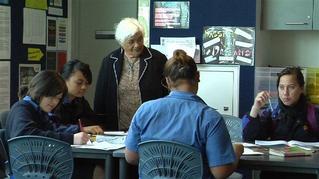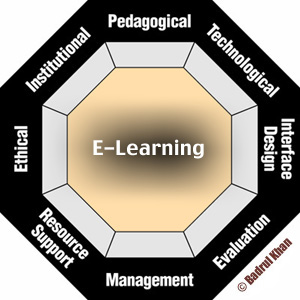In order to develop a rich and meaningful learning experience, communication between peer and facilitator is very important. Through communication we develop a social relationship. “Technological revolutions and the expanding use of computers are rapidly changing the nature and scope of pedagogy in all fields of knowledge” (Sotillo, 2000, p. 1).
Computer-mediated communication (CMC) generates high levels of interactivity where learners construct knowledge, skills and abilities, collaboratively. There is always an ongoing participation at any time of day. (independent of time and location).
However, one must be aware of the types of communication that takes place and the consequences that could affect student learning. There is an unequal level of participation because of the diversity of students and their ability to express themselves. It may be that English is their second language and therefore cannot express themselves eloquently. Some may even have a poor command of sentence construction because of a lack of reading. Also many are not coherent enough to understand the instruction.
If a student is an introvert, difficulties could arise where there is a need to “know how to use technical tools and how to obtain technical assistance” (White, 2004, p. 103). Here digital technology induces unintended consequences that could affect student learning.
By understanding the function of the online community, the social interaction could be dampened if through the collaborative process, the students’ form of communication reflects bad intentions, values and insights. This too could be a form of social relationship that could induce unintended consequences that could affect student learning.
Students should be able demonstrate Key Competencies such as managing self, active participation and values to become digitally capable and this could help to create a social relationship among peers and facilitator and a strong cyber community.
Reference
Sotillo, S. (2000). Discourse functions and syntactic complexity in synchronous and asynchronous communication. Language Learning and Technology.4 (1), 82-119. Retrieved March 16, 2012 from http://llt.msu.edu/vol4num1/sotillo/default.html
White, K. & Baker, J. (2004). The student guide to successful online learning: a handbook of tips, strategies and techniques. USA, Pearson Education Inc. ISBN 0-205-34104-7

